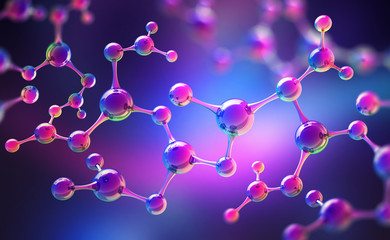Clay Composites for Wastewater Treatment
Naeema Amjad*, Mohammad Nouman Amjad*
Northwestern Polytechnical University, Xi’an, China
Abstract
Wastewater treatment is vital for providing clean and safe drinking water. Clay-based materials have received a lot of interest in recent years for their potential use in wastewater treatment applications. Various clay kinds are utilized to create clay composites for wastewater treatment. Common clays used in wastewater treatment comprise kaolin, montmorillonite, bentonite, and others. Each clay type is investigated for its distinct mineral composition, structural features, and surface qualities. Clay composites have received a lot of interest in recent years because of their increased adsorption capacity, ease of recovery from water solutions, and superior physiochemical characteristics when compared to raw and modified clay composites. Several types of clay composites are used to remove various impurities from wastewater. These contaminants include heavy metals, dyes, organic and inorganic contaminants, and emerging contaminants. Clay composite advancements, such as chemical and physical modifications, can improve their adsorption capacity, selectivity, and stability. pH, temperature, and ionic strength all have an impact on adsorption efficiency. There are certain challenges and potential research prospects for improving clay composites in environmental applications.
Keywords: Clay, composites, wastewater, treatment, dyes
Full length article *Corresponding Author, e-mail: naeemaamjad52@gmail.com;noumanrandhawa52@gmail.com

